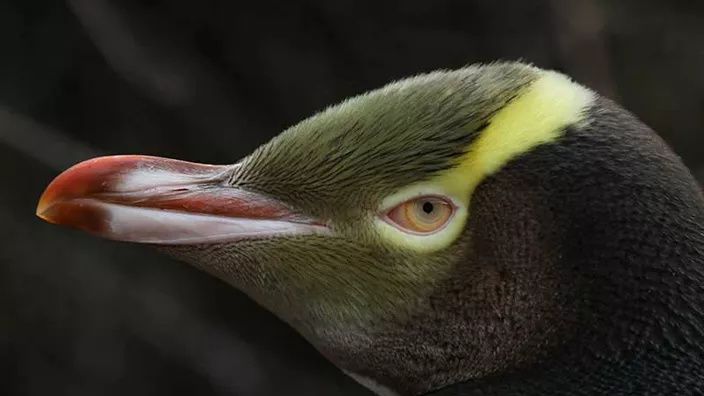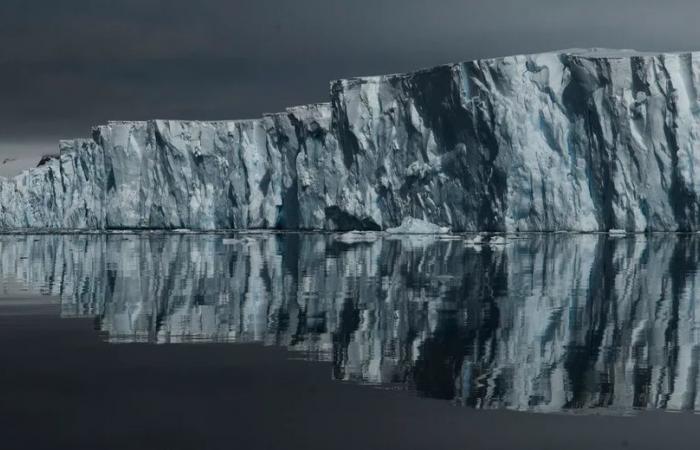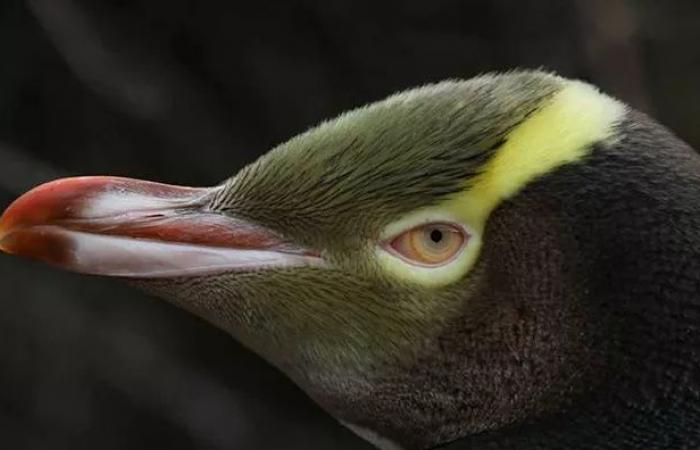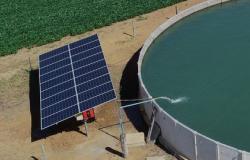A few milligrams of environmental news
Posted at 1:45 a.m.
Updated at 12:00 p.m.
QUIZ
How many okapis remain in the wild?
a) Between 3000 and 5000
b) Between 500 and 1500
c) Between 10,000 and 15,000
Answer
There are between 10,000 and 15,000 left, according to scientists in the northeast of the Democratic Republic of Congo, the only place in the world where the animal lives in the wild. However, these estimates are about ten years old. The non-profit Okapi Conservation Project estimates their number at 3,000 in a recent count at the Ituri wildlife reserve. The okapi is an endangered species, with the mystical nickname “forest unicorn”. It looks like a large zebra antelope. It is threatened by deforestation for illegal gold mines and poaching for a market in so-called healing okapi oil.
Visit the Okapi Conservation Project website
The end for the “Glacier of the Apocalypse”?
PHOTO TAKEN FROM THE INTERNATIONAL THWAITES GLACIER COLLABORATION SITE
The Thwaites Glacier, nicknamed the Apocalypse Glacier because of its potential to raise sea levels by 3.3 meters.
The Thwaites Glacier in Antarctica is nearing its end, according to the most recent observations by experts from the International Thwaites Glacier Collaboration (ITGC). After examining the structure of the Florida-sized glacier for six years, the group of experts from the United Kingdom and the United States noted that its front is sinking deeper and deeper into the ocean floor. The collapse of what is nicknamed the “Apocalypse Glacier” has the potential to cause a rise in sea levels of 3.3 meters, threatening cities like New York, Calcutta and Shanghai. However, tests of refreezing sea ice in the Arctic using seawater pumping provide a glimmer of hope.
with New Scientist
Visit the Thwaites Glacier website
Revival of solar energy in the United States

PHOTO ARCHIVES THE PRESS
The fall in interest rates in the United States should allow a revival of solar panel installations.
A renewed interest in “clean technologies” is anticipated by the holding company JP Morgan in the United States thanks to the expected decline in interest rates. Before the decline, the Residential Installers Association, Solar Energy Industries, predicted a 19% drop in sales this year. But the American Federal Reserve changed the situation by lowering its rate by half a point. In an interview with various media, the top executive of Gigawatt Inc., Deep Patel, said that lower borrowing costs would stimulate sales. An average residential solar project easily costs US$30,000. And about 85% of homeowners have their solar projects financed.
with Bloomberg
Visit the Solar Energy Industries Association website
New Zealand’s bird of the year

PHOTO TAKEN FROM THE FOREST & BIRD SITE
A noisy penguin, easily recognizable by its yellow eyes
The noisy penguin has won New Zealand’s 2024 Bird of the Year competition. After a year of campaigning, the yellow-eyed penguin was designated to raise global awareness of the critical situation of birds in this country. This shy bird, the hoiho or “noise screamer”, is considered the rarest penguin in the world. Its population has fallen by 78% in 15 years. There are barely 5,000 of them at present, notably because of overfishing of its food. His election gives him a certain visibility, which could favor its preservation. The noisy penguin received 6,000 votes among the 50,000 participants.
Visit the Forest & Bird organization website (in English)
Rise of plant-based meat in Asia

PHOTO PETER PARKS, ARCHIVES AGENCE FRANCE-PRESSE
A tasting of meat produced in a laboratory in Asia.
Lab-grown plant-based meat on plates in Asia? Why not ! Alternative proteins are considered a new clean energy in Eurasia. At the end of August, a conference brought together bioengineers, chemists, biologists and food scientists from China and Singapore with the aim of reinventing the meat market. Experts recalled that foods of animal origin are responsible for a fifth of annual global greenhouse gas emissions. The Asian challenge of laboratory cultivation is to succeed in producing it in industrial quantities.
with the magazine Nature
Visit the UN Environment Program website










